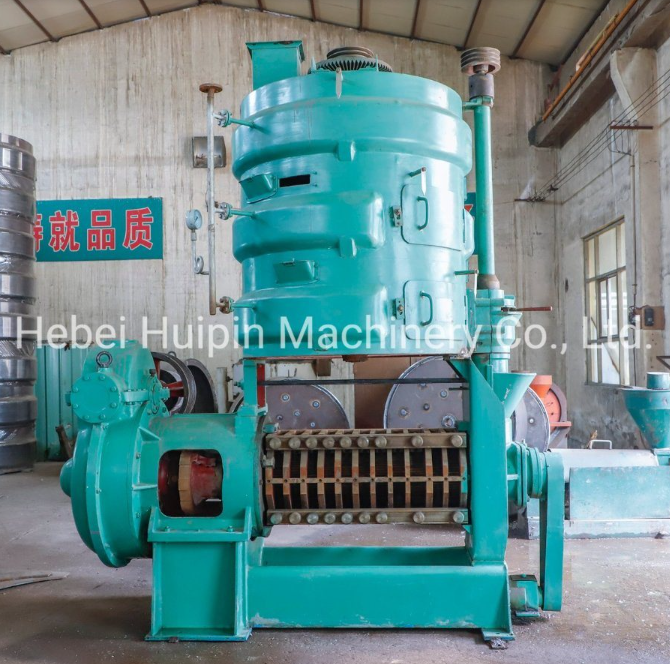дец . 17, 2024 10:11 Back to list
camellia seed oil production line factories
Camellia Seed Oil Production Line Factories An Overview
Camellia seed oil, derived from the seeds of the Camellia plant, is a highly prized oil known for its numerous health benefits and culinary uses. As the demand for natural and organic products continues to rise, the production of camellia seed oil has become a significant industry. This article explores the essential aspects of camellia seed oil production line factories, including their operations, technology, and impact on the market.
The Importance of Camellia Seed Oil
Camellia seed oil is rich in oleic acid, antioxidants, and vitamins, which makes it a valuable ingredient in cooking, cosmetics, and traditional medicine. The oil is celebrated for its light flavor and high smoke point, making it ideal for various culinary applications. Additionally, its moisturizing properties have garnered attention in the beauty industry, leading to a growing market for cosmetic products containing camellia seed oil.
With the increasing awareness of health and wellness, consumers are gravitating towards natural oils, elevating the importance of efficient and sustainable production methods. Consequently, factories specializing in the production of camellia seed oil are emerging to meet these needs.
The Production Process
The production of camellia seed oil involves several key steps, which factory setups aim to optimize for efficiency and quality. The process begins with the harvesting of camellia seeds, typically done during the autumn months. Once harvested, the seeds undergo cleaning to remove impurities. The quality of the seeds plays a vital role in the final product, necessitating careful selection and handling.
After cleaning, the seeds are subjected to mechanical or cold-press extraction methods. Cold pressing is particularly favored as it preserves the oil's natural flavor and nutritional properties. The extracted oil is then filtered to eliminate any remaining solid particles, ensuring a clear and high-quality final product.
In more advanced facilities, the production line incorporates technology such as automated extraction machines and quality control systems. These advancements help streamline the process, reduce waste, and maintain consistent quality across batches. Additionally, some factories employ eco-friendly practices, such as using renewable energy sources and recycling waste materials, aligning with global sustainability goals.
camellia seed oil production line factories

The Global Landscape
The camellia seed oil market is not limited by geography. While countries like China are the largest producers due to their extensive cultivation of camellia plants, other regions are beginning to explore this potential. As awareness grows, more countries are investing in camellia seed oil production, leading to an influx of factories aimed at tapping into this lucrative market.
As global demand continues to rise, the competition among factories hones in on product quality, innovation, and branding. Many manufacturers are now focusing on organic certification to appeal to health-conscious consumers, leading to a surge in the popularity of premium camellia seed oil products.
Future Trends
Looking ahead, the camellia seed oil industry is expected to evolve with trends in health and wellness, sustainability, and technological advancements. Increasingly, consumers are likely to prefer products that are not only effective but also ethically produced. This shift may encourage factories to adopt greener practices and transparency in their supply chains.
Moreover, the integration of advanced technologies, such as IoT and AI, is anticipated to enhance production efficiency and product quality. Factories that can adapt to these changes will likely thrive in the competitive landscape, ensuring the sustainability of camellia seed oil production.
Conclusion
Camellia seed oil production line factories play a pivotal role in meeting the growing global demand for this valuable oil. With a focus on quality, sustainability, and innovation, these facilities not only contribute to the economy but also promote health and wellness. As the industry continues to evolve, the future of camellia seed oil remains promising, marked by opportunities for growth and development in various sectors.
-
Leading Food Oil Refined Unit Companies | Quality & Efficient Solutions
NewsAug.27,2025
-
Expert Food Oil Refined Unit Companies | Advanced & Efficient Refining
NewsAug.26,2025
-
Food Oil Refined Machine Companies: High-Efficiency Oil Refining
NewsAug.25,2025
-
Popular Commercial Oilseed Crushing Machinery | High-Yield Oil Expeller Press
NewsAug.24,2025
-
Food Oil Refined Unit Companies: Leading Manufacturers & Exporters
NewsAug.23,2025
-
Expert Oil Filter Machine Service & Solutions | Quality & Reliability
NewsAug.22,2025
